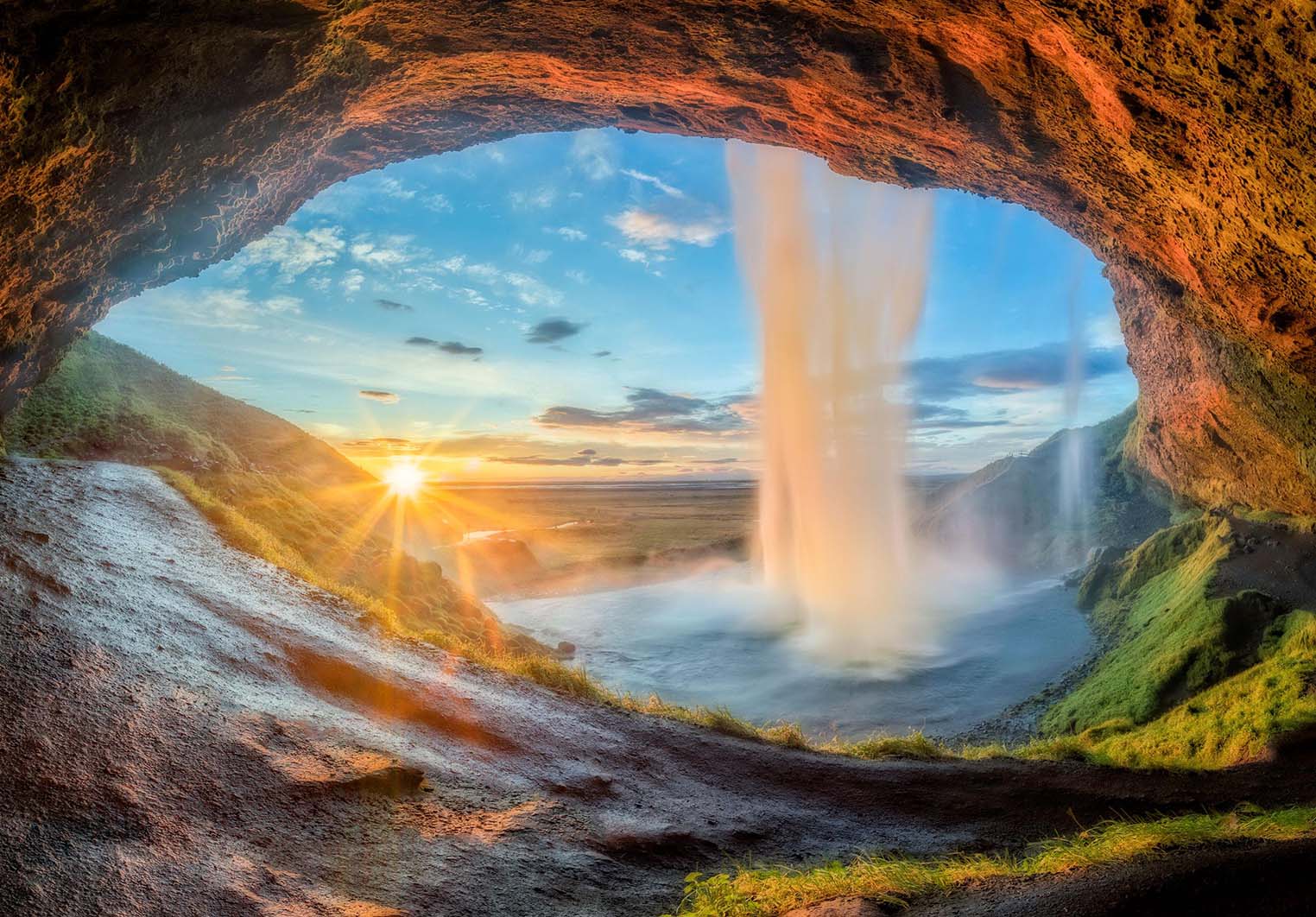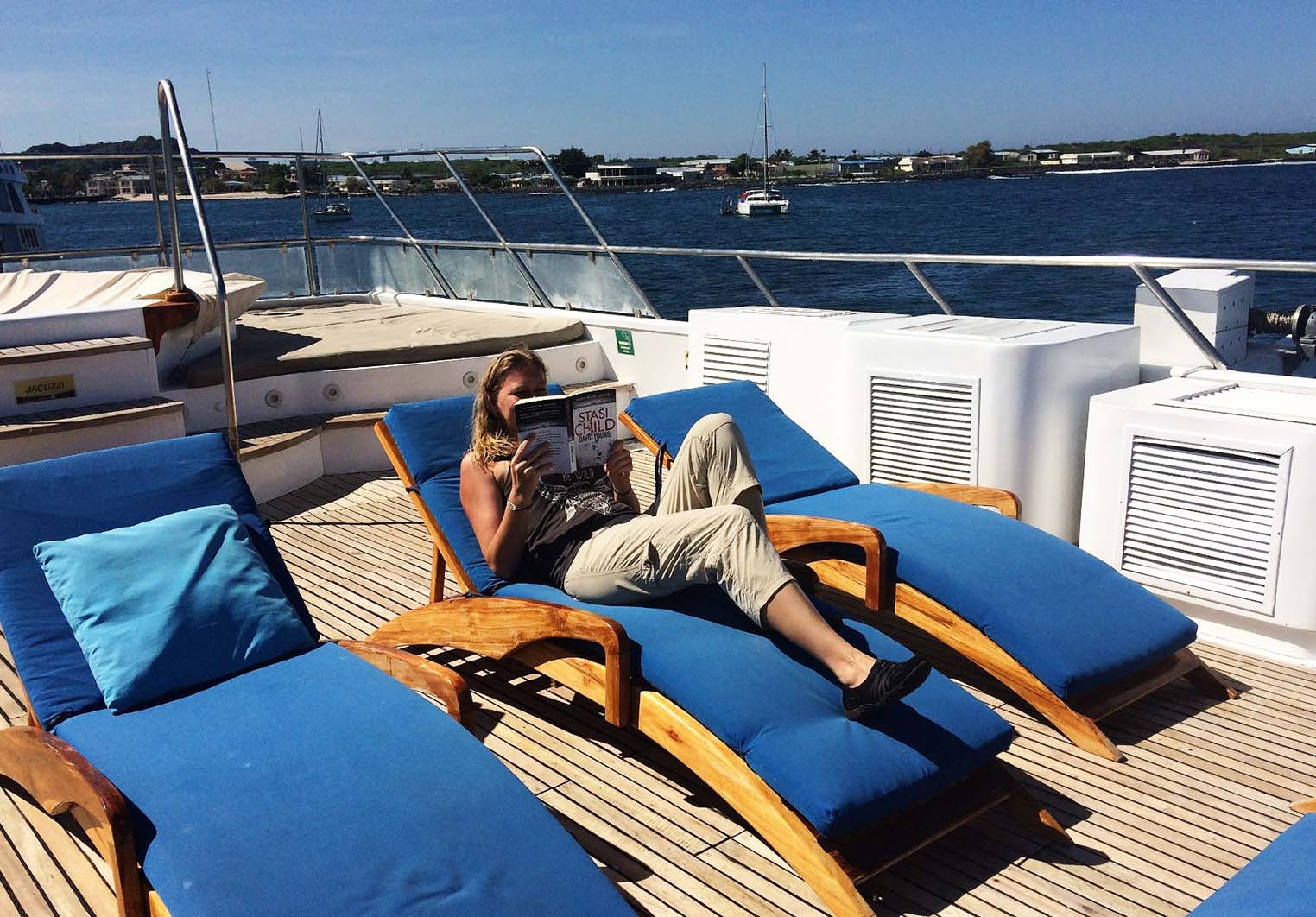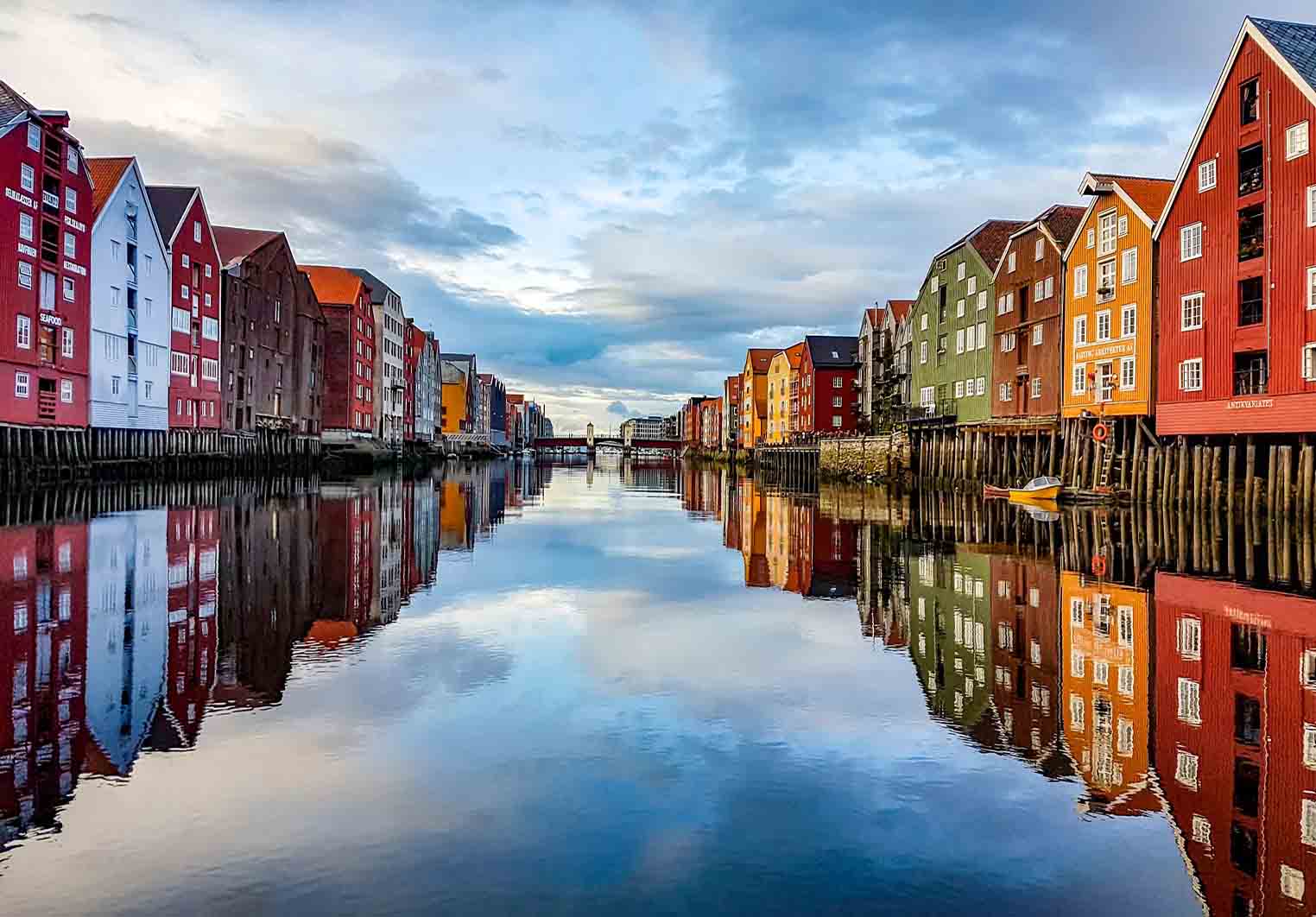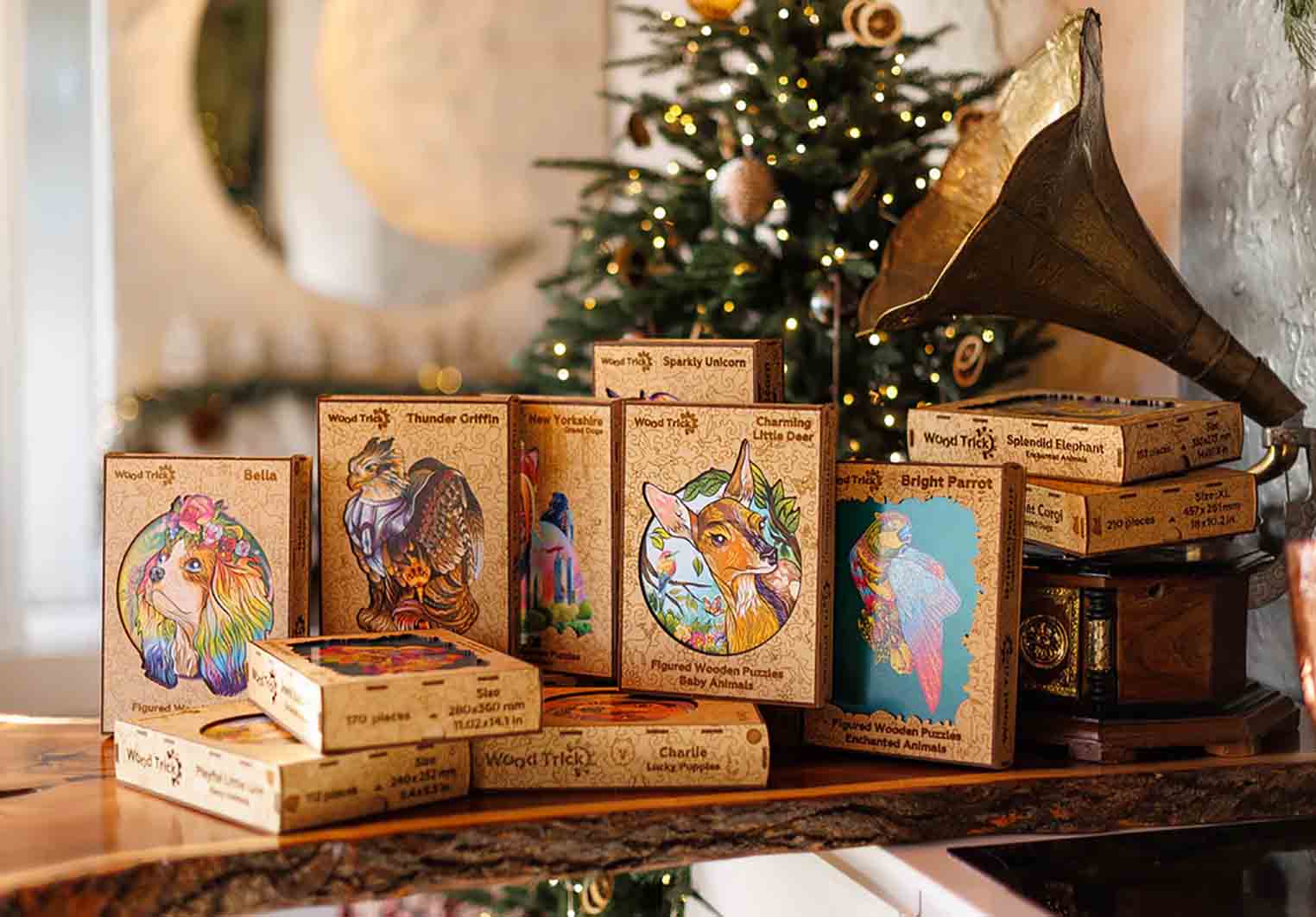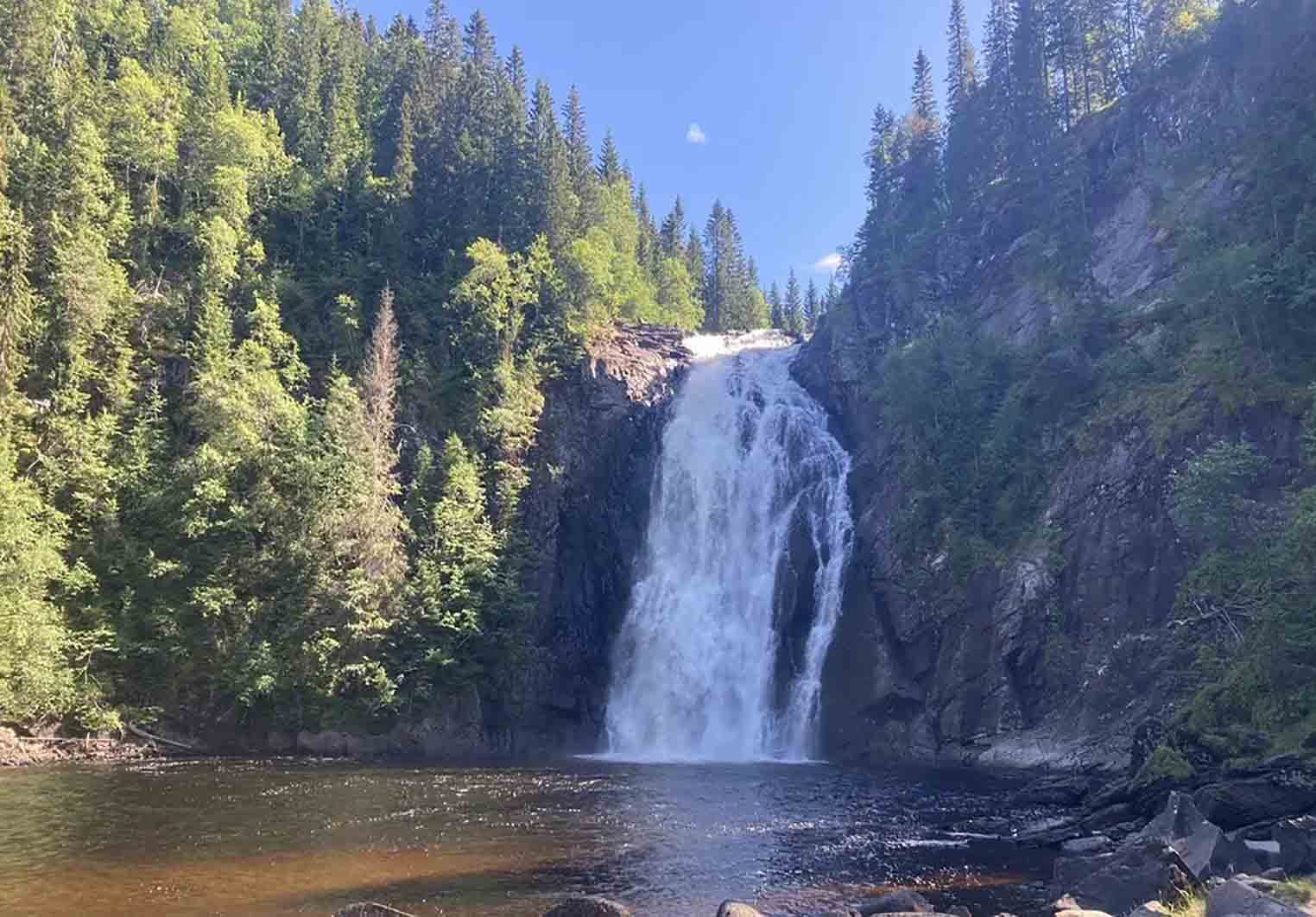Iceland is often described as a land of fire and ice, with its dramatic landscapes, volcanic activity, glaciers, and the magical Northern Lights. As a first-time visitor, the country can feel both awe-inspiring and overwhelming. To make the most of your trip, it’s essential to prepare well, considering its unique geography, weather, and travel logistics. In this guide, I’ll share essential tips and hacks based on my experience, making your first visit to Iceland smooth, affordable, and unforgettable.
1. Timing Your Visit: When to Go
One of the most important decisions when visiting Iceland is deciding when to go. The country offers something different with each season:
- Summer (June to August): The best time for those who want to experience Iceland’s famous Midnight Sun. Daylight lasts nearly 24 hours, and most roads and attractions are accessible. However, this is also peak tourist season, so expect higher prices and crowds.
- Winter (November to March): If you’re eager to see the Northern Lights, winter is the time to visit. However, be prepared for short daylight hours (only 4-5 hours per day) and colder temperatures. Many highland roads and hiking trails may be closed due to snow.
- Shoulder Seasons (April-May, September-October): These months offer a good balance between accessibility, affordability, and fewer crowds. You can still catch glimpses of the Northern Lights in the early fall and late spring, with milder weather compared to winter.
2. Packing Essentials: What to Bring
Iceland’s weather is notoriously unpredictable. You could experience rain, wind, and sunshine all within the same hour. Packing for this variability is crucial:
- Layered Clothing: Always pack layers, regardless of the season. A good combination would include a moisture-wicking base layer, an insulating mid-layer (like fleece), and a waterproof, windproof outer layer.
- Waterproof Gear: Bring a quality waterproof jacket, pants, and shoes, especially if you plan to hike or visit waterfalls. Iceland’s terrain is often wet and muddy.
- Sturdy Footwear: Hiking boots with ankle support are a must if you’re planning to explore Iceland’s natural beauty. Even if you don’t hike, comfortable shoes are essential for walking around attractions like geysers and waterfalls.
- Thermal Wear: If visiting in winter, thermal underwear and socks are essential to keep warm. A good pair of gloves and a woolen hat can make all the difference.
- Swimsuit: Don’t forget to pack a swimsuit! Iceland is famous for its geothermal pools, like the Blue Lagoon and other hot springs scattered across the country.
3. Currency and Budgeting Tips
Iceland is one of the most expensive countries in the world, so it’s essential to plan your budget carefully.
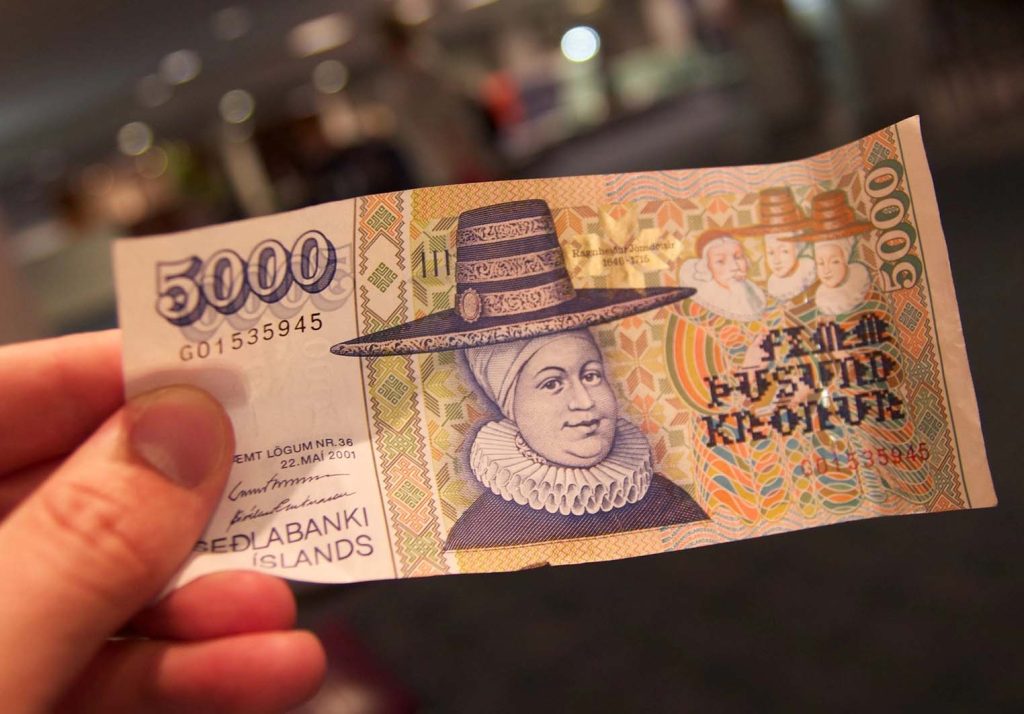
- Currency: The local currency is the Icelandic Krona (ISK). Credit and debit cards are widely accepted across the country, even in small rural towns. However, it’s always a good idea to have some local cash for emergencies.
- Avoiding High Costs: To save money, consider these hacks:
- Cook Your Own Meals: Many hotels and guesthouses offer kitchens for guests. Buying groceries and cooking your meals can save a significant amount of money compared to eating out. Bonus and Kronan are the two main budget supermarkets.
- Book Accommodation Early: Accommodation fills up fast, especially during peak season. Booking well in advance gives you more affordable options.
- Carpooling: If renting a car is part of your plan (which I highly recommend), consider carpooling with fellow travelers to split fuel costs, which can be high in Iceland.
4. Getting a Local SIM Card and Staying Connected
While Iceland is a remote country, staying connected is easy. Free Wi-Fi is available in most public places, cafes, and hotels, but if you need consistent internet access during your trip, getting a local SIM card is a great option.
- Where to Buy: You can purchase a SIM card at the Keflavik International Airport upon arrival. Alternatively, you’ll find them in grocery stores like 10-11 and at gas stations. The two main providers are Siminn and Vodafone.
- Prepaid Plans: Prepaid SIM cards offer data plans at affordable rates, perfect for using GPS, checking weather forecasts, and staying in touch. Siminn’s “Prepaid Data Pack” comes highly recommended for travelers.
5. Icelandic Etiquette: What to Know
The Icelandic people are friendly and welcoming, but there are a few customs and etiquette rules to keep in mind:
- Respect Nature: Icelanders are passionate about their natural environment. Don’t stray off designated hiking paths or drive on unmarked roads. This not only damages the landscape but can be dangerous.
- Tipping: Tipping is not expected in Iceland. Service charges are generally included in the bill, whether at restaurants, hotels, or for taxis.
- Hot Spring Etiquette: Before entering any geothermal pool, it’s a must to shower thoroughly without a swimsuit. Most pools have signs reminding visitors of this. This is both a hygiene issue and a cultural norm in Iceland.
One personal experience with Icelandic etiquette occurred at a local swimming pool in Reykjavik. I was gently reminded by the staff to shower properly before entering the pool. It was a little surprising at first, but after learning about their strict hygiene standards, I appreciated the care they took to maintain cleanliness.
6. Must-Visit Attractions in Iceland
Iceland is bursting with natural beauty. While there’s no shortage of places to explore, here are four top must-see attractions:
1. The Blue Lagoon
A geothermal spa located in a lava field, the Blue Lagoon is one of Iceland’s most famous attractions. The warm, milky blue waters are rich in minerals like silica and sulfur, believed to have healing properties for the skin.
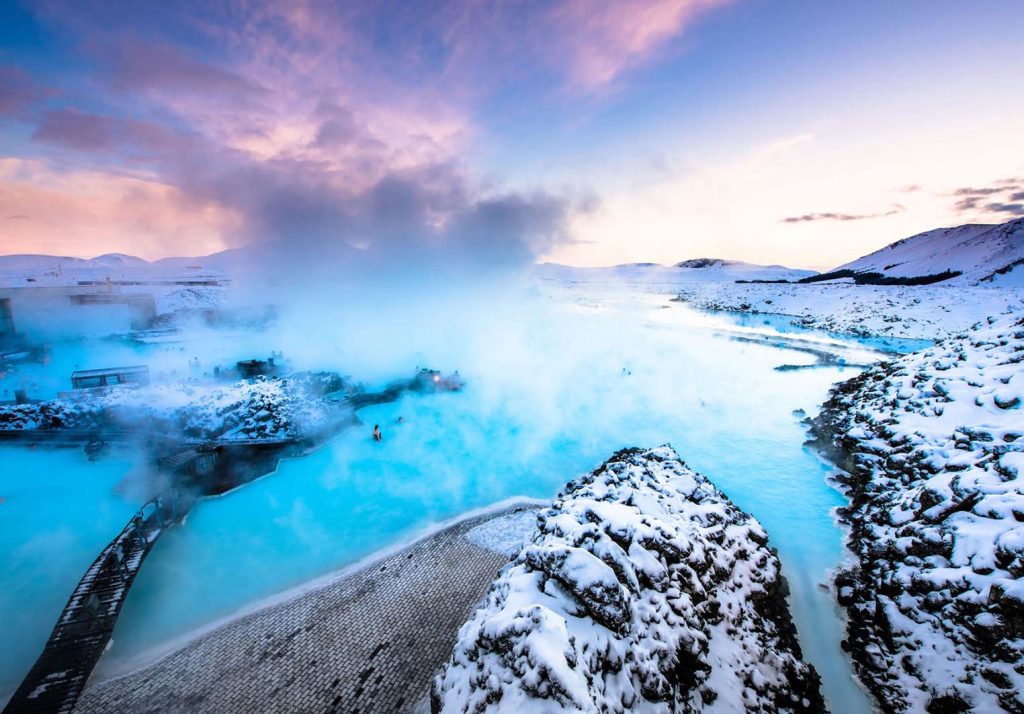
- How to Get There: It’s about a 50-minute drive from Reykjavik or 20 minutes from Keflavik Airport. Many tour companies offer shuttles to the Blue Lagoon.
- Tips: Book tickets in advance. The lagoon gets very busy, and walk-in visitors are rarely accepted. Morning visits are less crowded.
2. Golden Circle Route
This popular tourist route takes you to three major attractions: Thingvellir National Park, Geysir geothermal area, and Gullfoss waterfall. It’s a perfect introduction to Iceland’s stunning landscapes.
- How to Get There: Renting a car is the easiest way to explore the Golden Circle, but guided tours are available from Reykjavik.
- Tips: Start early in the morning to avoid crowds and have more time at each site.
3. Jökulsárlón Glacier Lagoon
Jökulsárlón is a glacier lagoon filled with floating icebergs. The combination of blue ice, the surrounding mountains, and seals swimming in the lagoon is breathtaking.
- How to Get There: It’s a five-hour drive from Reykjavik along the Ring Road (Route 1). Many travelers make this part of a two-day trip, staying overnight nearby.
- Tips: Visit early or late in the day for fewer tourists and better lighting for photography. Boat tours are available in the summer for closer views of the icebergs.
4. Reynisfjara Black Sand Beach
Located near Vik, Reynisfjara is one of the most famous black sand beaches in the world. The basalt columns, sea stacks, and roaring waves make it a unique and visually stunning spot.
- How to Get There: It’s a 2.5-hour drive from Reykjavik. Combine a visit here with other South Coast attractions like Skógafoss and Seljalandsfoss waterfalls.
- Tips: Be cautious of the powerful “sneaker waves.” Don’t go too close to the water’s edge as the waves can be unpredictable and dangerous.
7. Street Food in Iceland
While Iceland is known for its fine dining, there’s plenty of tasty street food too. The iconic Icelandic hot dog is a must-try. Head to Bæjarins Beztu Pylsur in Reykjavik, where the locals love to grab one topped with crispy onions, ketchup, mustard, and remoulade.
- Safety Tips: Iceland has very high food safety standards. However, make sure to only buy from reputable stalls. If you have food allergies, it’s important to ask about the ingredients as traditional sauces may contain dairy or gluten.

8. Planning Your Itinerary and Adjusting Your Budget
A well-planned itinerary ensures you make the most of your trip without overspending. Iceland can be expensive, so adjusting your budget throughout your trip is key:
- Plan Activities Wisely: Some attractions are free, like waterfalls and national parks. Guided tours and excursions, on the other hand, can quickly add up.
- Accommodations: If you’re traveling in a group, consider renting a house or apartment through Airbnb, which can be more cost-effective than hotels.
- Food: Buy groceries and cook at your accommodation when possible. It’s a great way to cut down costs and still enjoy local flavors.
9. Travel Insurance: A Must for Iceland
Iceland’s unpredictable weather and rugged landscapes make travel insurance essential. Whether you’re driving on icy roads or hiking near active volcanoes, unexpected situations can arise.
- What to Look For: Make sure your travel insurance covers outdoor activities like hiking, glacier tours, and driving in winter conditions. Medical coverage and trip interruption protection are also recommended.
Iceland is an extraordinary destination that offers something for every traveler. By following these tips, you’ll not only save money but also have a richer and more authentic experience. Remember, Iceland is a place where nature takes center stage, so respect the environment, pack wisely, and take your time to explore its wonders.
